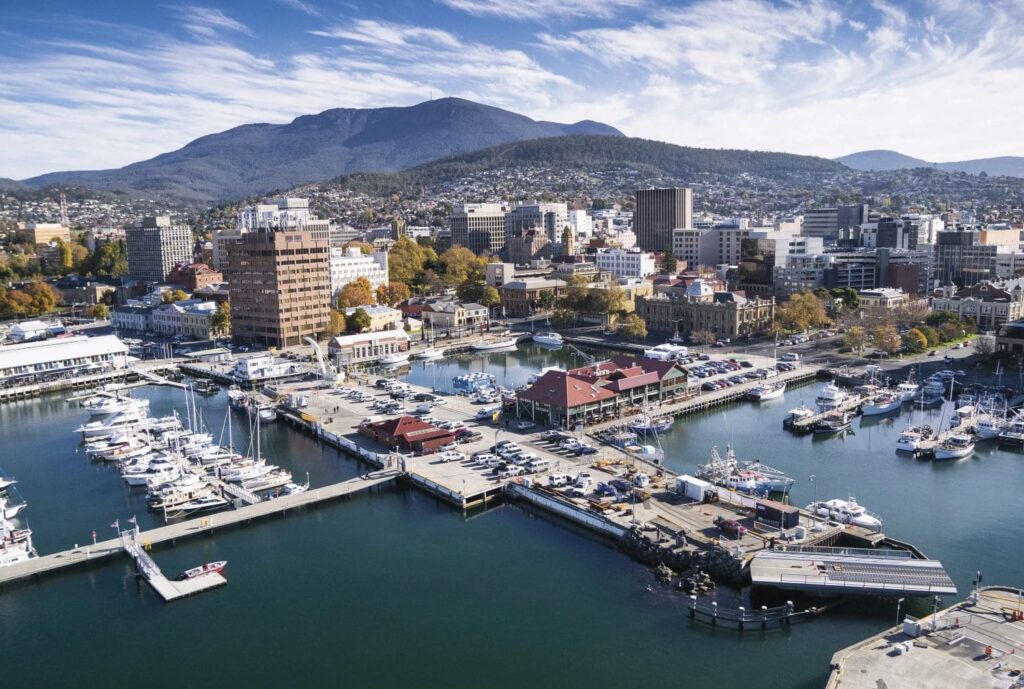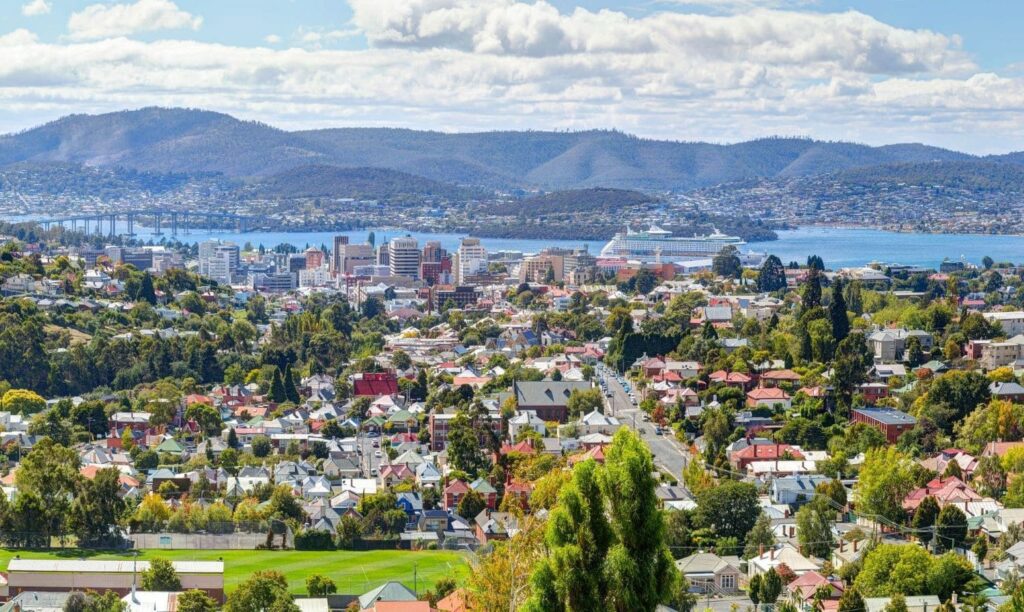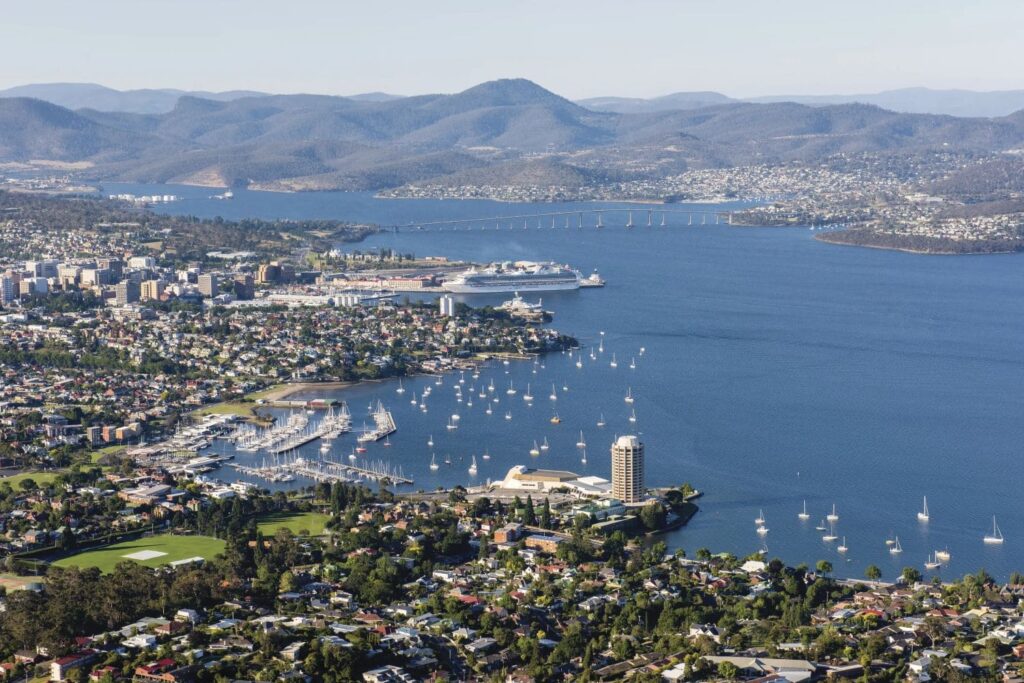
Hobart, the capital of Tasmania, is a captivating blend of stunning natural landscapes, rich history, and vibrant culture. This guide will provide you with essential information on everything from its iconic attractions and culinary delights to outdoor activities and local tips. Whether you’re planning a short visit or an extended stay, Hobart’s unique character will surely enchant you.
Exploring Hobart’s Rich History
Founded in 1804, Hobart is Australia’s second oldest capital city, steeped in colonial history. The city’s rich backdrop can best be experienced by wandering through its well-preserved historic sites and buildings. One of the most notable locations is Battery Point, where you can find charming sandstone houses and quaint eateries that echo the past.
Another historical gem is the Tasmanian Museum and Art Gallery, which showcases the island’s past, including its Aboriginal heritage and colonial history. Such institutions not only offer a glimpse into the city’s development but also foster a deeper appreciation for Tasmania’s unique culture.
Walking tours are available, allowing visitors to discover historic architecture and learn intriguing stories about Hobart’s evolution. A visit to the Cascades Female Factory, a UNESCO World Heritage site, provides further insights into the lives of women transported to Tasmania during colonial times.

In addition to the buildings, the annual events celebrating historical milestones, such as the Convict Re-enactment, further enhance the city’s cultural fabric. Hobart’s history is not merely a story of the past; it influences contemporary life, making the city an engaging destination for history enthusiasts.
Top Attractions in Hobart
Hobart is brimming with attractions that cater to diverse interests, making it a vibrant destination for all types of travelers. Here are some must-visit spots:
-
- Sullivan’s Cove: This picturesque waterfront area features restaurants, galleries, and stunning views of the harbor.
- MONA (Museum of Old and New Art): A unique museum showcasing contemporary art and antiquities, located on the banks of the Derwent River.
- Mount Wellington: Offering breathtaking panoramic views, hiking trails, and opportunities for picnicking, the peak is a must-see.
- Salamanca Market: A vibrant market held every Saturday, filled with local produce, crafts, and delicious food stalls.
- Battery Point: A charming neighborhood filled with heritage-listed buildings and scenic walks.
Each of these attractions showcases a different facet of Hobart, from its natural beauty to its thriving art scene. Visitors can take part in guided tours or explore at their own pace, ensuring they experience the best the city has to offer.

Culinary Delights: What to Eat in Hobart
The culinary scene in Hobart is a reflection of Tasmania’s rich natural resources and the state’s commitment to sustainability. Seafood lovers will be in paradise with fresh catches served in numerous restaurants along the waterfront. Don’t miss trying the local delicacies, such as the famous Tasmanian salmon and oysters.
Hobart also embraces its vibrant arts community, leading to innovative eateries that combine local ingredients with international flavors. Popular dining options range from fine-dining establishments to casual cafes, each emphasizing delicious, locally-sourced meals. Places like Franklin and The Glass House are known for their exceptional menus and trendy ambiance.
For those looking for something more organic, head to the local farmers’ markets, where you can sample a variety of artisanal produce, cheeses, and wines. The richness of Tasmania’s land and sea offers a gastronomic adventure that is sure to leave an impression.
Outdoor Activities in Hobart
Hobart is not just about urban exploration; it is also a haven for outdoor enthusiasts. The city’s location, on the edge of a stunning harbor and nestled against the picturesque backdrop of Mount Wellington, makes it the perfect environment for invigorating outdoor activities. Hiking is particularly popular; the various trails range from easy walks suitable for families to more challenging hikes for seasoned adventurers.
In addition to hiking, water activities such as sailing, kayaking, and fishing are widely available, allowing visitors to appreciate the spectacular coastline from a different perspective. For history buffs, guided tours will often include scenic walks that provide an up-close look at Hobart’s unique landscape.

In the surrounding areas, the Tasmanian Wilderness World Heritage Area invites visitors to immerse themselves in pristine environments brimming with diverse flora and fauna. Whether hiking through lush rainforests, climbing rugged mountains, or enjoying a leisurely picnic by the water, Hobart offers plenty of options for stress-free outdoor activities.
Conclusion
Hobart is a captivating destination that offers a wealth of history, stunning landscapes, and a thriving cultural scene. Its mix of attractions, culinary experiences, and outdoor pursuits makes it an ideal choice for travelers seeking both adventure and relaxation. Whether you’re exploring the city’s past or indulging in its vibrant present, Hobart promises an unforgettable escape into Tasmania’s captivating heart.
FAQs
The best time to visit Hobart is during the spring (September to November) and summer (December to February) months when the weather is mild and outdoor activities abound.
2. Are there any free attractions in Hobart?
Yes, many attractions are free to enjoy, including the picturesque Royal Tasmanian Botanical Gardens and the stunning vistas from Mount Wellington.
3. How can I get around Hobart?
Hobart is easily navigable by public transport, and bus services connect many key attractions. Walking and biking are also popular options, especially in the city center.
4. Is Hobart family-friendly?
Absolutely, with various parks, museums, and outdoor activities suitable for children, Hobart is a wonderful destination for families to visit and explore together.
5. What local dishes should I try in Hobart?
Make sure to try fresh Tasmanian seafood, particularly oysters and salmon, as well as locally-produced cheeses, wines, and artisanal breads.


